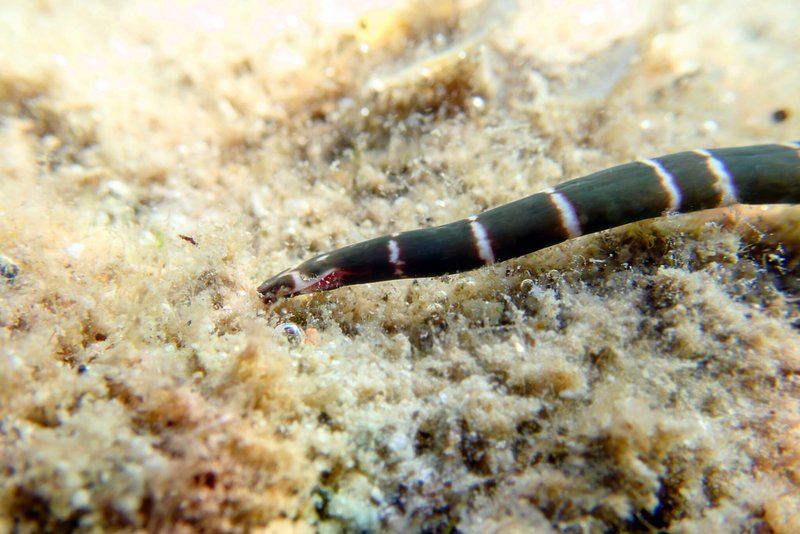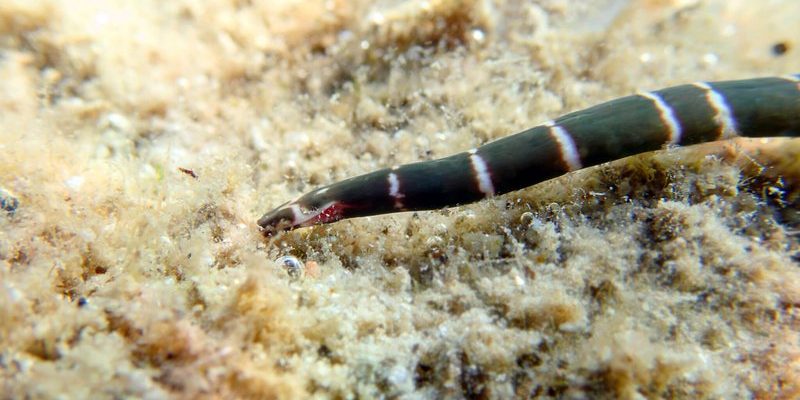
Citizen science is all about getting everyday folks involved in real scientific research. Think of it as a bridge—connecting you, the curious observer, with scientists who need your help. Just like how one friend might get you to try a new coffee shop, citizen science introduces you to the exciting world of environmental monitoring. By observing and recording ribbon worms, you’ll contribute to critical data that can influence conservation efforts and help us understand our marine ecosystems better. Let’s explore how you can get involved in this amazing journey!
What Are Ribbon Worms and Why Are They Important?
Ribbon worms, or *Nemertea*, are long, flexible worms that can stretch to impressive lengths—some can grow over 30 feet! They often inhabit sandy or muddy environments in shorelines, estuaries, and even deep-sea areas. Visually, they may not win any beauty contests compared to colorful fish, but their ecological significance is massive.
These worms are *predators*, feeding on small invertebrates like crustaceans and even other worms. They play a vital role in controlling the populations of these organisms, which helps maintain balance in the marine food web. Without ribbon worms, ecosystems could spiral out of control, leading to serious impacts on biodiversity. Monitoring them helps researchers track changes in their populations, which can indicate broader ecological shifts, such as climate change impacts or habitat loss.
You might be wondering how exactly this ties into citizen science. Well, by participating in monitoring projects, you become a part of the larger scientific community. Each observation you make adds to the collective knowledge we have about these fascinating creatures.
Getting Started with Monitoring Ribbon Worms
If you’re excited to dive into monitoring ribbon worms, the first step is knowing where to look. These worms can often be found in intertidal zones, especially during low tide when you can explore sandy or muddy areas. Bring along a trusty notebook or your smartphone to record your findings. It’s like having a scientific journal, and you’ll thank yourself later!
Next, you’ll want to familiarize yourself with the different types of ribbon worms. While there are many species, they generally share a few characteristics, such as a long, slim body and a color range from reddish to greenish tones. Some might even exhibit vibrant patterns! It helps to have a field guide or a reliable app to identify different species as you monitor. This way, you can contribute meaningful data to your project.
Lastly, set some goals for your monitoring. Are you interested in tracking specific species, or do you want to observe changes over time in a particular area? Having a clear focus will help you stay organized and make your efforts more impactful.
How to Collect Data Effectively
Data collection is crucial in citizen science. When monitoring ribbon worms, consistency is key. Start by choosing specific locations and times for your observations. This will help you note changes and trends over time.
Here are some steps to consider when collecting data:
- Document the date and time: This helps establish a timeline for your observations.
- Record environmental conditions: Pay attention to the weather, water temperature, and tide levels. These factors can influence ribbon worm behavior.
- Count and identify species: Note how many ribbon worms you see, as well as their physical characteristics. If possible, take pictures for further identification.
- Note any interactions: Are they interacting with other species? Capturing these moments can reveal important ecological relationships.
Using digital apps or spreadsheets can streamline this process, allowing you to organize your data efficiently. Plus, many citizen science projects have platforms where you can submit your findings, making it easier for researchers to access your valuable information.
Sharing Your Findings with the Community
One of the most rewarding aspects of citizen science is sharing your findings. Once you’ve collected your data, consider joining online forums or local conservation groups focused on ribbon worms or marine life. These platforms allow you to exchange information, ask questions, and even collaborate with fellow enthusiasts and researchers.
Many citizen science projects have specific platforms where you can submit your findings too. For instance, organizations like the Marine Biological Association or local natural history museums often have initiatives that welcome your contributions. Sharing your data not only amplifies your efforts but also enriches the research community.
Connecting with other citizen scientists can also spark new ideas for future projects—maybe you’ll want to explore different habitats or investigate how human activities affect ribbon worms. Remember, every observation counts!
The Challenges of Monitoring Ribbon Worms
While monitoring ribbon worms can be incredibly fulfilling, it does come with challenges. For instance, identifying different species can be tricky, especially since many have similar appearances. This is where local resources or online communities can be lifesavers. Engaging with experts or even seasoned citizen scientists can help boost your identification skills and confidence.
Environmental factors can also pose hurdles. Changes in water quality, pollution, or even climate can affect where ribbon worms thrive. This means that your observations may sometimes reflect not just the species’ populations but also larger ecological issues. It can be a bit daunting, but remember, your contributions help paint a clearer picture of the ecosystem’s health.
Additionally, working responsibly within your environment is essential. Always follow guidelines for collecting data—avoid disturbing habitats or capturing live specimens. Respect the spaces you explore and remember that your goal is to observe, not alter the environment.
Why Monitoring Ribbon Worms Matters
Ultimately, monitoring ribbon worms is more than just an interesting hobby—it plays a crucial role in understanding marine ecosystems. By participating in citizen science, you help gather data that scientists might not have access to on their own. Your observations can highlight trends that might indicate environmental shifts, which is vital for conservation efforts.
Moreover, this kind of work fosters a deeper connection with nature and increases awareness about marine life. It’s easy to feel disconnected from the ocean, but getting involved in monitoring projects can help bridge that gap. You’re not just observing—you’re participating in something bigger than yourself.
So the next time you head to the beach, consider bringing along your curiosity and a notebook. Who knows? You might uncover the wonders of ribbon worms, contribute to invaluable research, and even inspire others to join the journey of citizen science.
Monitoring ribbon worms is a meaningful way to engage with our oceans and support the ecosystem. Your efforts can help scientists make informed decisions that protect these vital habitats for future generations. So, what are you waiting for? Dive in and start your adventure!

